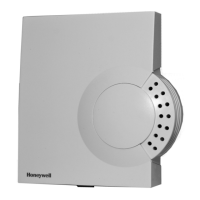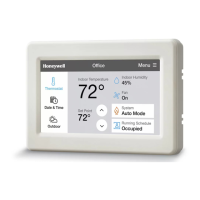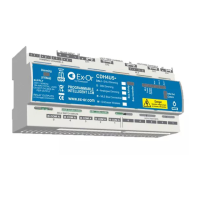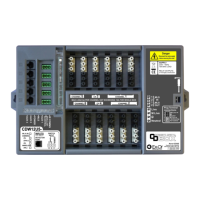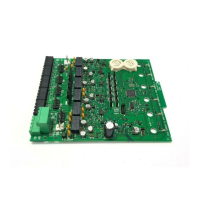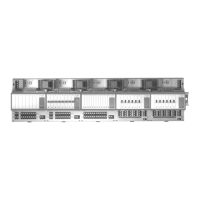CGW-MB Installation and Users’ Manual | P/N:LS10248-000HW-E | REV.G | JUL/31/2022 38
Section 7: Modbus Communications
The CGW-MB can use a third-party client to monitor the nodes inside a Modbus LAN
network, and send alarm and event data of these nodes for the CLSS users.
7.1 Operation
The CGW-MB acts as a slave device to a Modbus master application and offer the
Modbus monitoring functionalities to the CGW-MB users.
7.2 Functionality
With Modbus configurations the CGW-MB can:
• Support Modbus Application Protocol Specification V1.1b.
• Monitor up to 10 FACPs.
Note: Additional FACPs require additional CGW-MBs to the network.
• Support a maximum of 2 Modbus clients or masters.
7.3 Recommended Cybersecurity Practices
• Follow the highly-recommended cybersecurity practices specified in the
Cybersecurity Manual (LS10217-000NF-E).
• Ensure that all the network security best practices discussed in
Section 3, “Security
Recommendations”
are followed.
7.4 Required Software
• Chrome
TM
• Java
TM
version 6 or above
7.5 IP Requirements
7.5.1 IP Port Settings
The following IP ports must be available for the CGW-MB:
7.5.2 IP Restrictions for the CLSS Gateway mainboard
• Assign a static IP address.
• Following are not supported:
• Web access through an HTTP proxy server
• Use of a NAT (Network Address Translation)
NOTE: The Modbus interface provides supplementary data to the third party client.
CAUTION: FAILURE TO COMPLY WITH THE RECOMMENDED SECURITY PRACTICES IS A CYBERSECURITY RISK
TO YOUR SYSTEM.
Table 7.1: Required IP Ports
Port Type Direction Purpose
80 TCP In Web Based Configuration
443 TCP In HTTPS Communications
502 TCP In Modbus
4016 TCP In Upgrades
NOTE: DHCP is supported, but not recommended.
Before using DHCP with LAN for Intranet connection, consult the network
administrator of the Site.
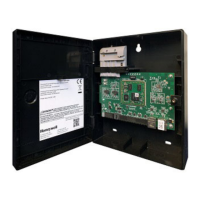
